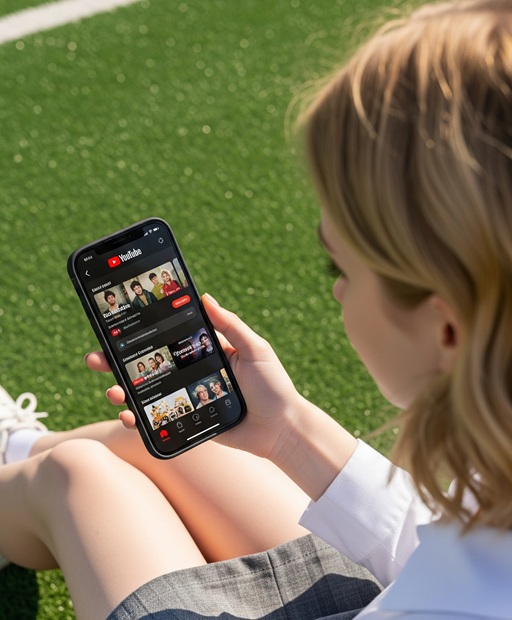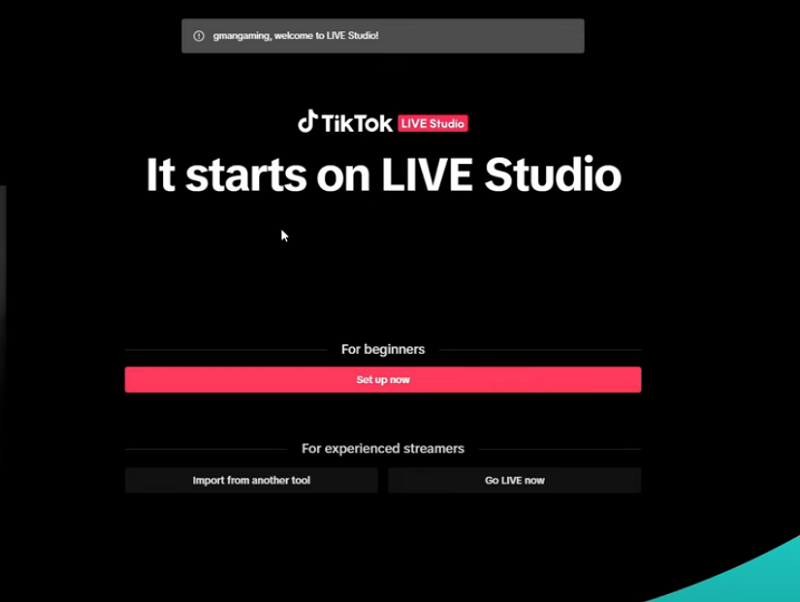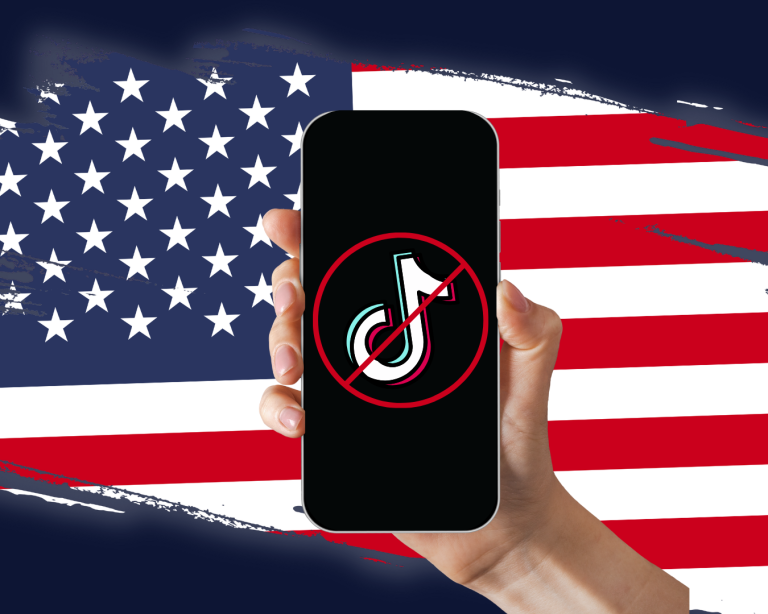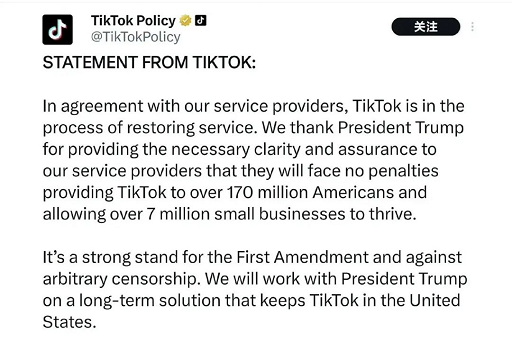Recently, YouTube officially launched a new live broadcast advertising format - Side-by-Side (side-by-side playback) mid-roll ads. This move not only creates a larger display space for platform advertisers, but also brings new monetization opportunities for content creators. So, how does this feature work? How can creators enable it and benefit from it? This article will give you a comprehensive analysis!

What are Side-by-Side ads?
YouTube's Side-by-Side ads are a new way to display ads in a non-full-screen format during live broadcasts. Specifically:
When the ad starts, the live feed will zoom out and move to the side of the player;
The advertising video plays on the other side;
During the ad, the live audio will be muted to allow the sound of the ad to play;
After the ad ends or is skipped, the live screen returns to its original state and the audio is restored synchronously.
Recently, YouTube officially launched a new live broadcast advertising format - Side-by-Side (side-by-side playback) mid-roll ads. This move not only creates a larger display space for platform advertisers, but also brings new monetization opportunities for content creators. So, how does this feature work? How can creators enable it and benefit from it? This article will give you a comprehensive analysis!

What are Side-by-Side ads?
YouTube's Side-by-Side ads are a new way to display ads in a non-full-screen format during live broadcasts. Specifically:
When the ad starts, the live feed will zoom out and move to the side of the player;
The advertising video plays on the other side;
During the ad, the live audio will be muted to allow the sound of the ad to play;
After the ad ends or is skipped, the live screen returns to its original state and the audio is restored synchronously.
Advantages
Do not interrupt the live video stream to keep the audience engaged;
More suitable for live content that can be watched for a long time ;
Improve advertising display rate and attract more advertisers;
Creators have an additional source of income and can also enjoy advertising revenue share during live broadcasts.
Tutorial: How to enable the side-by-side ads feature?
If you are a YouTube creator and would like to take advantage of this new feature to monetize, you can follow these steps:
1. Turn on the "Let YouTube Decide" mid-roll ad setting
This setting allows YouTube to automatically insert ads and is a prerequisite for using side-by-side ads.
Operation path:
Sign in to YouTube Studio
Click [Content] on the left > Find the live video you posted
Click [Edit Video] > Enter [Monetization]
In the mid-roll ad settings, check "Let YouTube decide where mid-roll ads are shown"
2. Ensure that the live broadcast is conducted in "Normal latency" mode
These ads are only supported for live streams in Normal Delay mode.
Switching method:
Open the live broadcast settings page
Select Normal latency in [Stream latency]
3. Content compliance & ads can be placed
Side-by-side ads are only allowed for content that complies with the platform's Community Guidelines and Advertising Policies. Avoid live broadcasts that include:
Copyright Infringing Content
Violence, hatred, misinformation
Language or imagery that violates advertiser-friendly standards
Why is YouTube vigorously promoting the live broadcast function?
YouTube has been focusing on live streaming content in recent years for a very direct reason:
Changes in user behavior: In 2023, more than 163 million people in the United States alone will watch live streams of influencers;
Platform competition pressure: TikTok's 2024 report shows that more than 100 million creators have conducted live broadcasts;
Huge monetization potential: Live streaming has the genes of "instant interaction + impulse consumption", which is very suitable for social e-commerce, digital rewards and other gameplay.
In order to attract more creators to broadcast, YouTube has launched the following tools:
1. Jewels (digital sticker rewards)
2. Free rest function during live broadcast
3. Increase exposure of live content
4. New "Side-by-Side Ads" feature
How can creators increase their income through this?
1. Increase the length and frequency of live broadcasts
The longer the live broadcast, the more frequently the system can insert mid-roll ads, and the more exposure opportunities there are.2. Improving the interactivity and topicality of live broadcast content
Live broadcasts with strong stickiness and active audiences are more likely to attract the attention of advertisers.3. In conjunction with the "Jewels" virtual reward function
YouTube has also launched live reward stickers called "Jewels". Viewers can buy stickers to express their support, and creators can get a share of the profits, forming a "double insurance" with advertising revenue.4. Prioritize delivery of high-quality live broadcast materials to the Web and CTV terminals
Currently, Side-by-Side ads are only available on the Web and devices connected to TVs, so it is necessary to optimize titles and thumbnails to attract more users to use these terminals to watch live broadcasts.Tip: What content is suitable for side-by-side ads?
1. Game live streaming: long duration, high user stickiness, suitable for mid-insert advertising rhythm;
2. Tutorial live broadcasts: audiences are more patient and more receptive to advertising;
3. E-commerce live streaming: Combined with advertising to stimulate purchasing impulse and increase transaction rate;
4. Interview/chat live broadcast: Advertisements can be inserted when the topic changes to create a natural transition.
What is the impact on the audience experience?
Advantages:
Uninterrupted video: Compared with full-screen ads, viewers can still see the live content (although it is a reduced version), which has less interference with the visual experience;
Uninterrupted information: During live broadcasts of explanations, viewers can still roughly follow the rhythm through the screen, reducing the possibility of missing key information;
Skippable ads: The setting of skippable ads retains the viewer's right to choose.
Cons:
Silence interrupts the atmosphere: Although the screen is on, the live audio is covered by the advertisement, which may affect the ongoing interaction, explanation or key dialogue;
User mood swings: Especially in live broadcasts with a tight rhythm (such as e-sports and flash sales), advertisement insertion may interrupt the key atmosphere and bring a sense of "being disturbed";
Impact on interactivity: Viewers may choose to leave the comment section or divert their attention during the advertisement, indirectly reducing engagement.
To sum up in one sentence: rather than "interrupting viewing", this is more like "disturbing listening", which is friendly to picture control, but will have a certain impact on highly immersive live broadcasts.
Conclusion
For creators, this is not only a new revenue opportunity, but also a new test for content design and rhythm control. To maximize the benefits of this type of advertising, the following suggestions are worth adopting:
Appropriately extend the live broadcast duration to increase the possibility of inserting ads;
Create strong interactive points (such as voting, lucky draws, climax topics) to attract viewers to continue watching;
Optimize the live broadcast cover and title to attract the first wave of click-through rate and increase the advertising exposure;
Guide viewers to leave messages and interact while the ad is playing to keep them active.
Have you turned on the side-by-side ads feature? Do you think it has a big impact on the audience experience?



